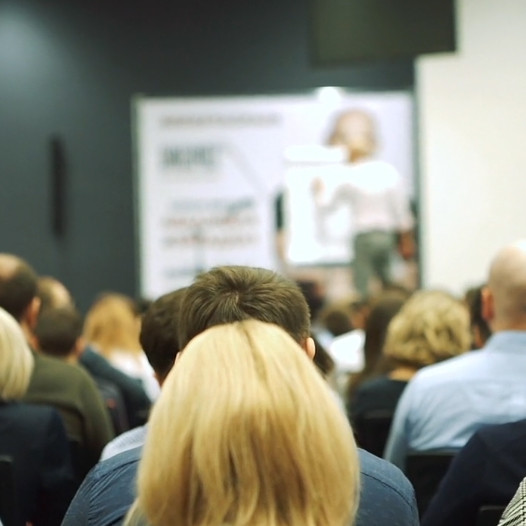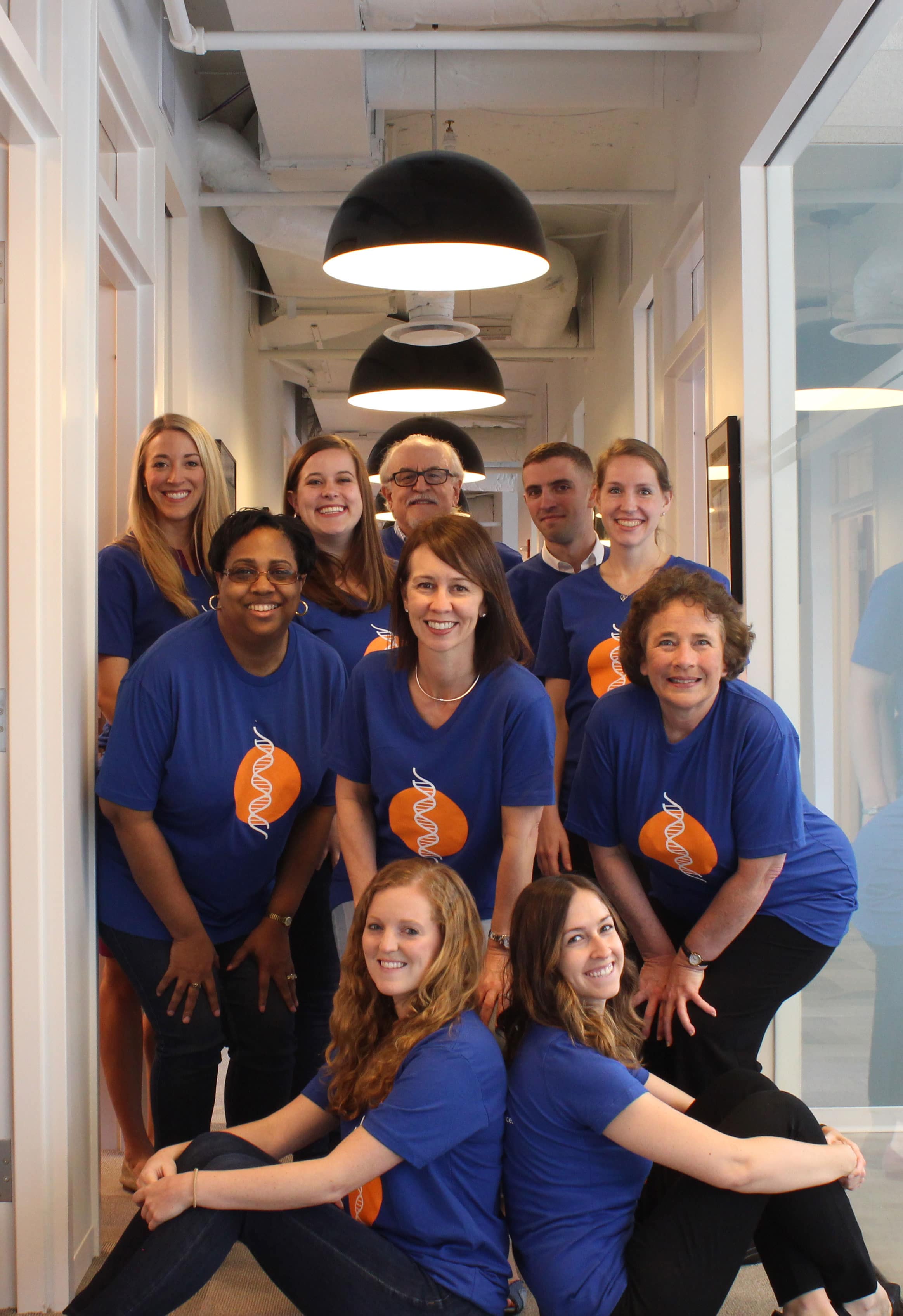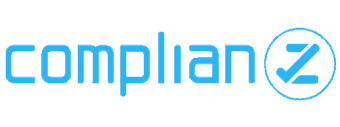Our Approach to Promoting Science at Annual Meetings
At The Reis Group we are constantly innovating and evolving the ways we work with clients to promote important research coming out of scientific meetings. As publications cut their news staff in half, and the digital wave continues to transform the PR landscape, it’s important to stay ahead of the latest trends, while also recognizing when to stick to tried and true tactics.
Here are five communications trends to jumpstart the media potential of your next annual meeting:
- Ditch news conferences for media partnerships and live social events
- Expand coverage through embargo “waves” to appeal to the 24/7 news cycle
- Offer reporters an added visual perspective through video packages
- Highlight abstracts with click-worthy headlines
- Host informal roundtables with leading experts and media to discuss hot topics emerging from the meeting
In addition to managing the press room for scientific meetings, The Reis Group works with medical societies on consumer education campaigns, thought leadership, and positioning of important issues. Check out our case studies and services to learn more about our work in science promotion, public education, advocacy relations, and thought leadership.












